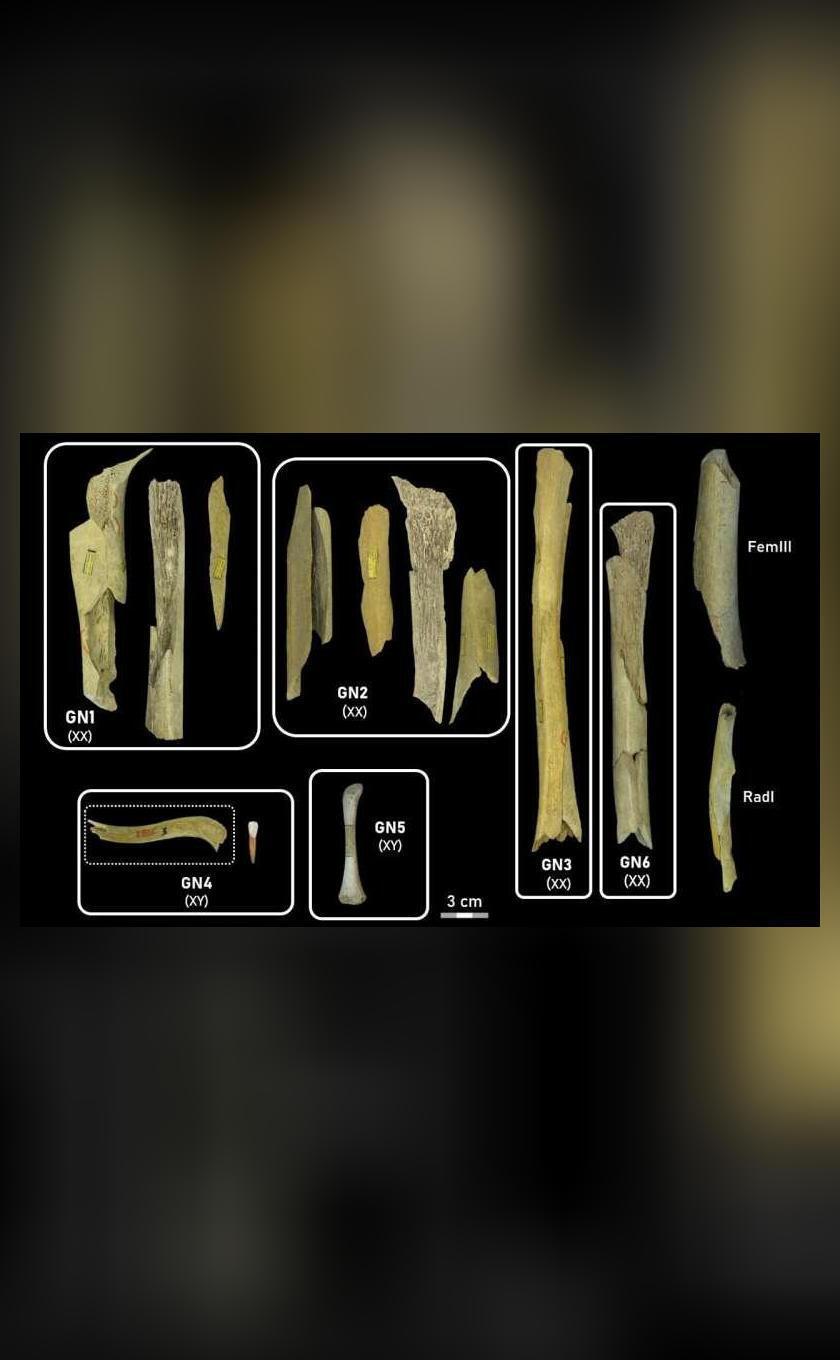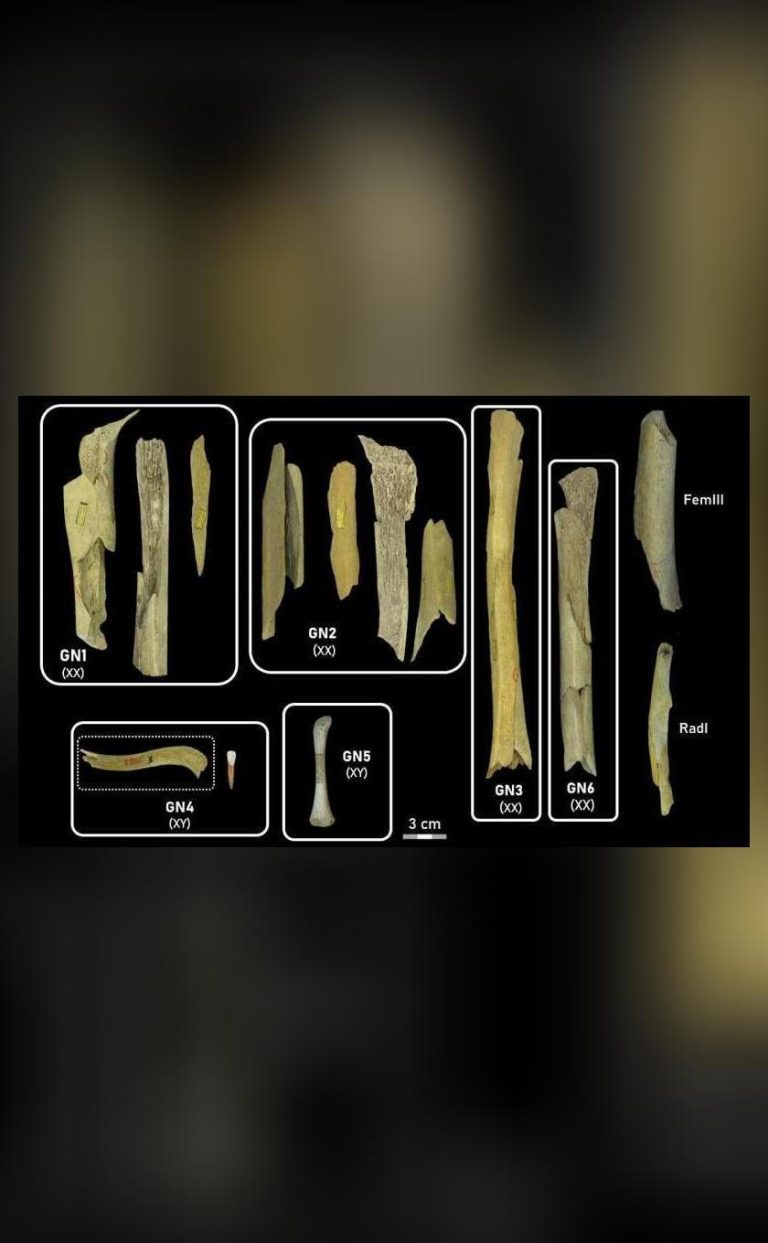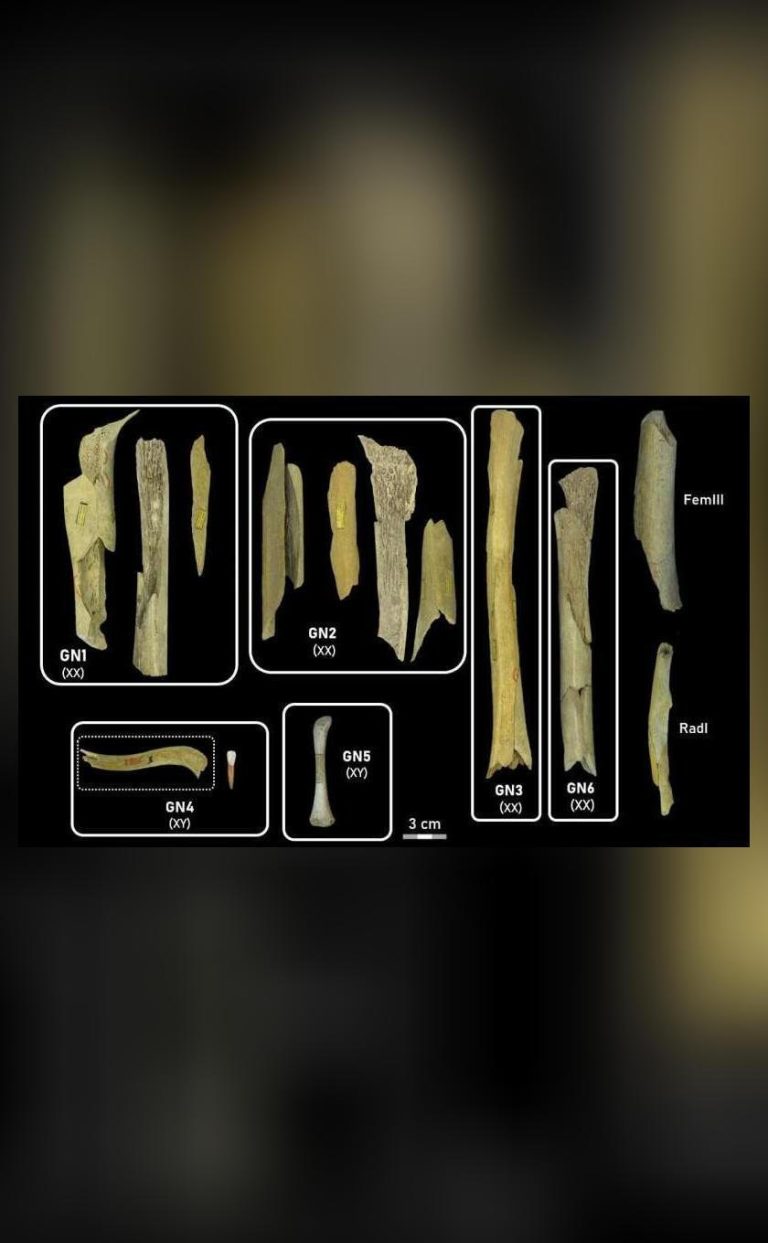
Neanderthals ate outsider women & children 45,000 years ago: Study
The discovery of ancient human remains in Belgium’s Goyet cave system has shed new light on the behavior of Neanderthals, our ancient human relatives. A recent study has revealed that Neanderthals practiced cannibalism, targeting women and children from other communities around 45,000 years ago. This shocking finding has significant implications for our understanding of Neanderthal behavior, social structure, and the circumstances that led to their decline.
The study, which analyzed 101 bone fragments found in the Goyet cave system, identified butchery marks similar to those found on animal bones. These marks suggest that the Neanderthals used stone tools to cut and scrape the bones, likely to extract meat and marrow. The presence of these marks on human bones is a clear indication of cannibalism, a practice that has been observed in various ancient human societies.
The researchers believe that the victims of cannibalism were not members of the Neanderthal group that inhabited the Goyet cave system. Instead, they were likely women and children from other Neanderthal communities that lived in the surrounding areas. This suggests that Neanderthals were capable of violent conflict and territorial expansion, targeting vulnerable members of other groups.
The timing of this cannibalism is also significant, as it coincides with a period of significant change in the region. Around 45,000 years ago, Neanderthal populations were shrinking, and Homo sapiens (modern humans) had begun to occupy nearby regions. This overlap between Neanderthals and Homo sapiens may have led to increased competition for resources, territory, and mating opportunities, ultimately contributing to the decline of the Neanderthal population.
The study’s findings have important implications for our understanding of Neanderthal social structure and behavior. It suggests that Neanderthals were capable of complex social dynamics, including cooperation, conflict, and violence. The fact that they targeted women and children from other communities implies a level of organization and planning, as well as a willingness to engage in violent behavior.
The discovery of cannibalism among Neanderthals also raises questions about the nature of human evolution and the development of social norms. If Neanderthals, our closest extinct relatives, engaged in cannibalism, what does this say about the origins of human behavior and the development of moral codes?
The study’s authors suggest that the cannibalism practiced by Neanderthals may have been a response to environmental pressures, such as food scarcity or competition for resources. In times of stress, humans and other animals may turn to cannibalism as a means of survival. However, the fact that Neanderthals targeted women and children from other communities suggests that their motivation may have been more complex, involving social and territorial factors.
The analysis of the bone fragments found in the Goyet cave system has provided a unique window into the lives of Neanderthals, revealing a complex and nuanced picture of their behavior and social dynamics. The study’s findings have significant implications for our understanding of human evolution, social structure, and the development of moral codes.
In conclusion, the discovery of cannibalism among Neanderthals is a significant finding that sheds new light on the behavior and social structure of our ancient human relatives. The fact that they targeted women and children from other communities suggests a level of complexity and organization, as well as a willingness to engage in violent behavior. As we continue to study the remains of Neanderthals and other ancient humans, we may uncover even more surprising insights into the evolution of human behavior and the development of social norms.
News Source: https://phys.org/news/2025-11-neanderthal-women-children-victims-cannibalism.html



